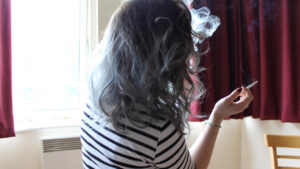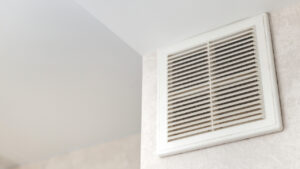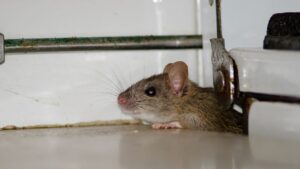Breathing cleaner air in your home isn’t a luxury; it’s a must, especially for allergy sufferers, individuals with respiratory system conditions, or anyone concerned about the quality of the air they breathe.
Air duct cleaning eliminates dust and debris. But what about the tiny invaders invisible to the naked eye, like bacteria, viruses, and mold spores?
That’s where air duct sanitizing plays a crucial role. It goes beyond cleaning to ensure a more hygienic atmosphere.
This essential service targets microbial contaminants, leaving your home’s ventilation system not just clean but sanitized and free from any contamination.
Keep reading to discover the importance of this service and why it might just be what your home needs.
Air Duct Disinfection Importance: Why Is Sanitizing Air Ducts Important and Necessary?
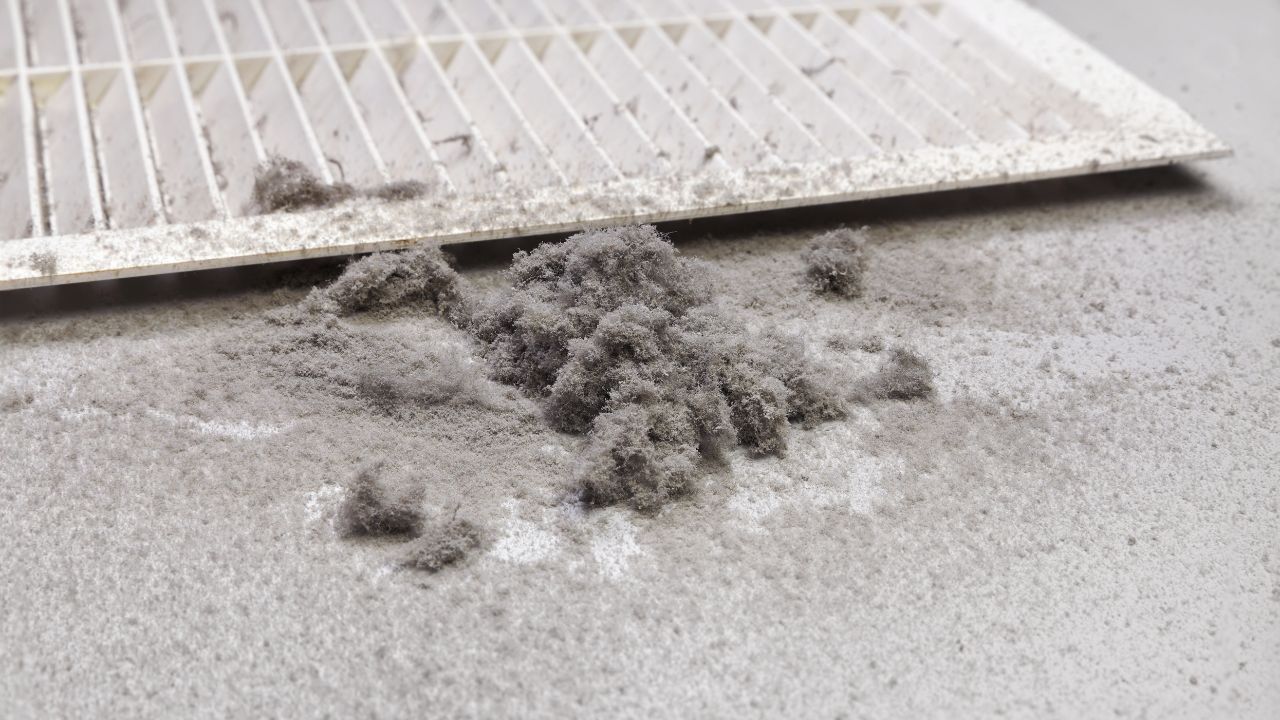
The importance of air duct disinfection for health purposes should not be underrated. While the process doesn’t top the priority list during home maintenance, it plays a pivotal role in ensuring a healthy indoor environment. Dust, pollen, and various allergens accumulate within the ductwork, resulting in air pollution that can provoke allergic symptoms and respiratory issues.
Sanitizing air ducts goes beyond surface-level cleanliness. It involves thorough cleaning followed by the application of antimicrobial treatments that target bacteria, mold, and fungi, which are notorious for lurking in hidden spots out of reach of the standard vacuum cleaner. This process helps maintain a sanitized air system, contributing to cleaner, fresher indoor breaths.
The importance of this maintenance task is magnified in areas with high humidity or after instances of water damage. Such cases can escalate mold growth and bacterial contamination.
While dust and dirt are visible cues prompting a cleaning session, invisible pathogens pose a greater risk to the respiratory health of the dwelling’s occupants. Regular sanitizing combats these issues effectively, enhancing both indoor air quality and peace of mind.
Who Needs Professional Air Duct Sanitizing and Disinfecting?
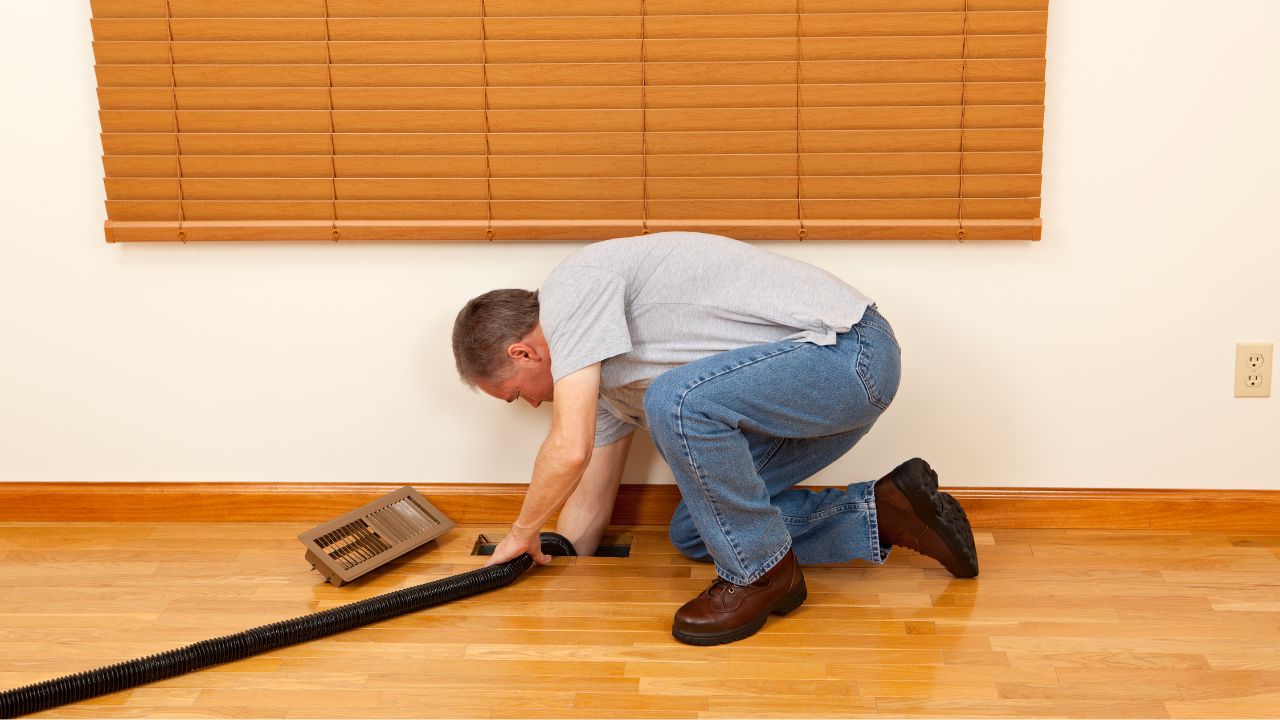
Households with members suffering from asthma, allergies, or other respiratory conditions stand to benefit significantly from professional air duct sanitizing and disinfecting. It clears the air of potential triggers that may worsen symptoms. As such, any environment that requires pristine air quality should not overlook the necessity of clean ducts.
The main benefits here include the following:
- Reduces potential allergen exposure – Essential for anyone sensitive to dust, pollen, or pet dander.
- Tackles microscopic foes – Prevents bacteria and mold that can be harmful to the respiratory system.
- Enhances overall household cleanliness – Less dust blowing out means fewer particulates settling on surfaces.
Property owners who have recently completed renovations or repairs may also find such services indispensable. Construction activities usually send a vast amount of debris and dust airborne, much of which can get lodged in ductwork and overwhelm your air filter. Overlooked, this can circulate unwanted particulates throughout the home. Clean air ducts also lead to less energy consumption in your home, as your HVAC system works without much strain.
In the wake of events that compromise air quality, such as fire or water damage, duct sanitizing becomes crucial to restoring a safe environment. The process clears out soot and ash pollution or microbial growth that can pose serious health risks. Subsequently, this ensures that ducts are clean and support both the safety and longevity of residential spaces.
Cleaning, Sanitizing and Disinfecting of Air Ducts: What Is the Difference?
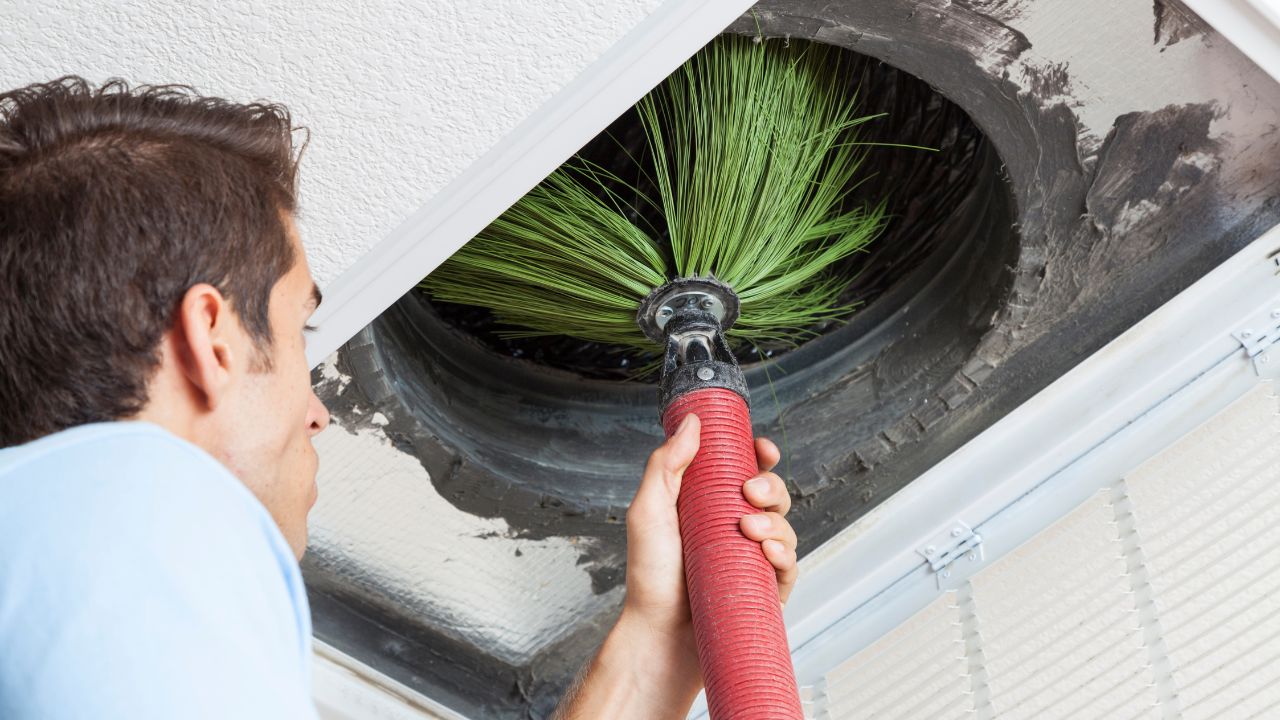
Cleaning, sanitizing, and disinfecting — these terms are often used interchangeably but differ in their approach to air quality management. Cleaning air ducts refers to the removal of dust, dirt, and debris accumulated within the system; it’s the primary step toward improved air quality.
Sanitizing takes it a notch higher: it involves applying antimicrobial treatments to reduce the occurrence of bacteria, viruses, and fungi. This step is needed to tackle the invisible threats that can affect health, especially in humidity-prone areas or after incidents like water damage.
Disinfecting is the zenith of duct cleaning services. It’s an aggressive process that aims to kill the organisms residents don’t want circulating through their homes. Ensuring your ducts undergo this process can play an integral role in maintaining a healthy indoor atmosphere:
| Service | Objective | Benefit |
|---|---|---|
| Cleaning | Remove visible contaminants and allergens like dust, dander, and pollen | Lessens everyday dust and improves airflow. |
| Sanitizing | Apply antimicrobial treatments to reduce bacteria, viruses, and fungi. | Protects against invisible threats and enhances air quality. |
| Disinfecting | Kill all viable organisms present in air ducts. | Provides the highest level of air purity and health protection. |
Should Air Ducts Be “Sanitized” After Each Air Duct Cleaning?
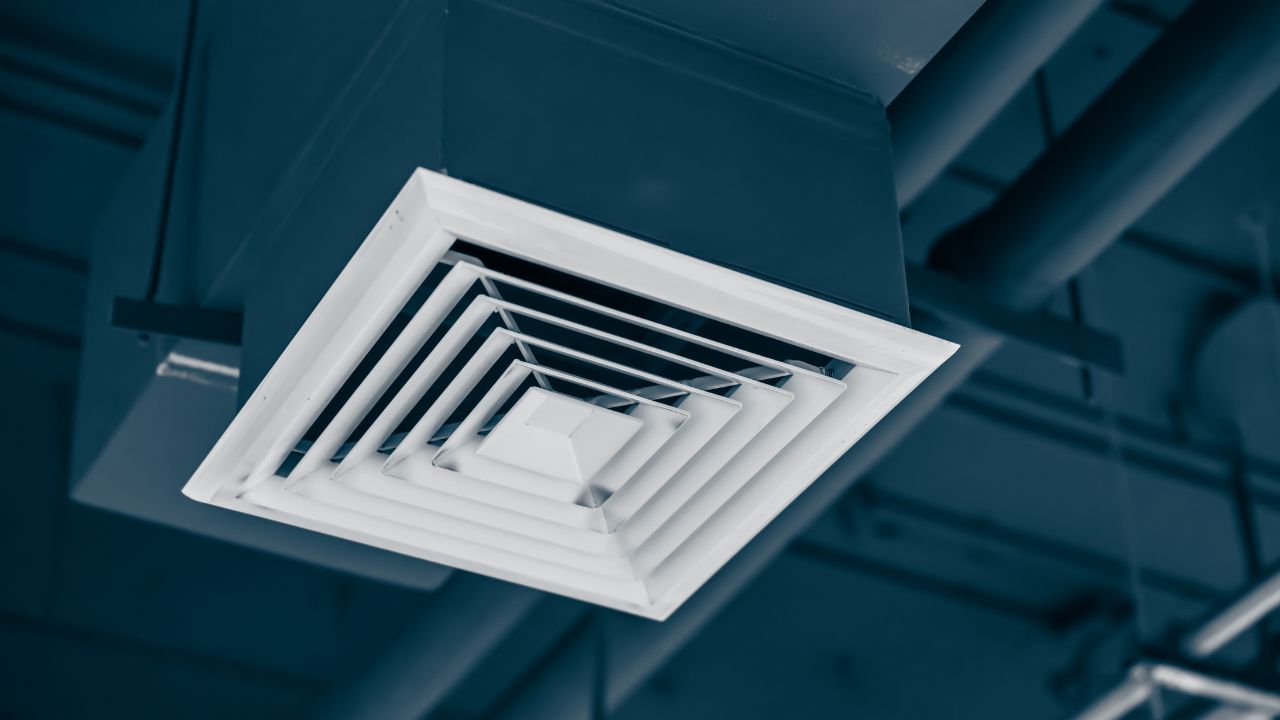
NADCA (National Association of Air Duct Cleaning) says that you do not need to sanitize your ducts everytime. They recommend source removal cleaning method is a non-chemical duct cleaning. We recommend having air ducts cleaned and disinfected every two to three years to prevent the spread of illness and maintain clean and healthy indoor air. In general though the decision to disinfect or not is a case-by-case basis to be made based on what is found in the ducts, the general health of the residents, and the time period between your last disinfection. If you have concern about this, give us a call and we can give you a free consultation on the matter.
For homes in high-humidity areas, after incidents of contamination, or where residents face respiratory or allergy challenges, we tend to recommend sanitizing a lot more.
Think of sanitizing as a means to extend the positive effects of duct cleaning. This targeted attack on pathogens helps maintain a safeguarded and fresh home environment, reducing the need for frequent cleanings. These actions might potentially save you money and health in the long run. Also, homeowners can breathe easier, knowing that the air blown through their vents is running through a sanitized system.
How Is It Applied?
Professional air duct sanitizing commences with a thorough assessment of the air ducts. The professional will use sophisticated tools to assess the air ducts, air handlers, grilles, and even the air filters, to determine how much cleaning is required. From here, deep cleaning is done to eradicate accumulated dirt, debris, and allergens. Professional air duct sanitizing commences with a thorough assessment of the air ducts. The professional will use sophisticated tools to assess the air ducts, air handlers, grilles, and even the air filters, to determine how much cleaning is required. From here, deep cleaning is done to eradicate accumulated dirt, debris, and allergens.
Technicians then introduce an EPA-registered antimicrobial solution into the system. This fog-like substance adheres to the duct surfaces, obliterating microorganisms.
The application process must be thorough, leaving no nook or cranny untreated to ensure maximum effectiveness. Specialized tools deliver the sanitizing agent uniformly across all ductwork components. It’s a critical phase that demands expert knowledge and precision.
Once applied, the antimicrobial solution begins to work immediately. It breaks down and neutralizes contaminants like fungi and mold spores that pose health risks. HVAC professionals oversee this process, ensuring the safety and efficiency of the treatment to provide a clean and healthy air flow for homeowners.
What Type of Disinfectant Do You Use?
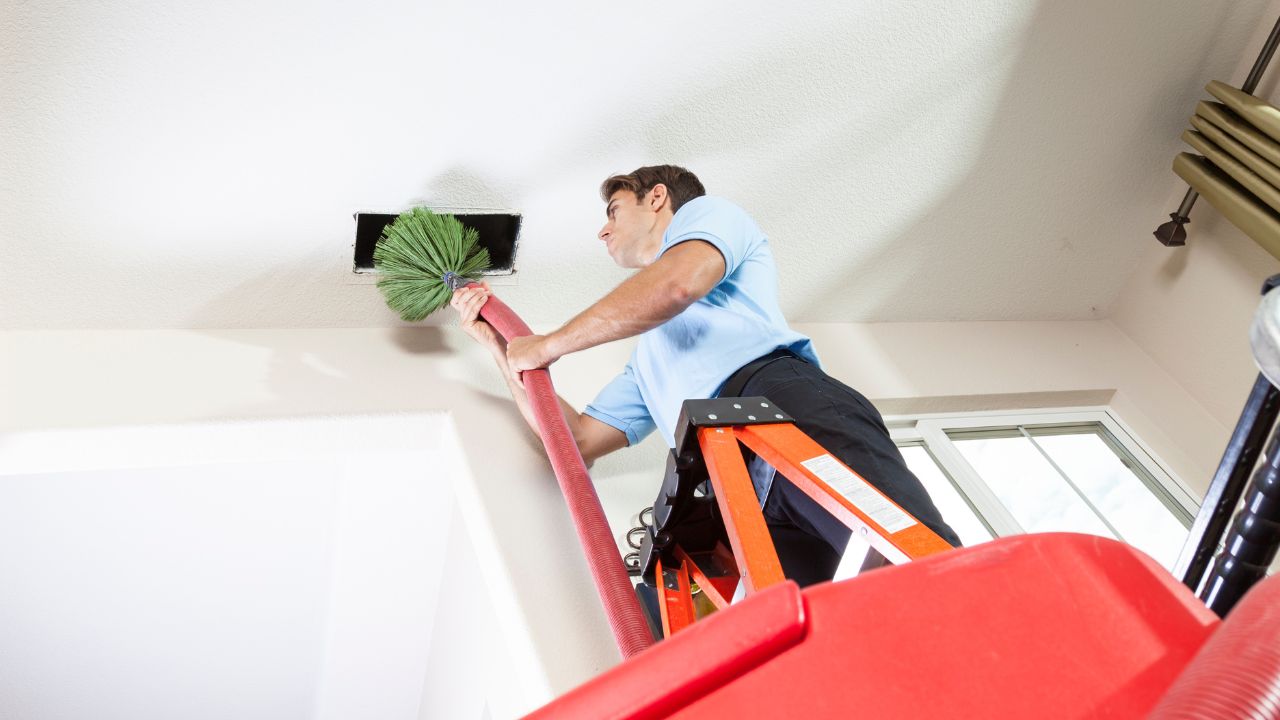
Choosing the right disinfectant for air duct sanitizing is a critical step – it determines how effectively the air quality is improved. Professionals rely on EPA-registered disinfectants designed specifically for use in AC and furnace systems. These agents are effective against a broad spectrum of bacteria and fungi and are safe for household environments when used as directed.
- EPA-registered disinfectants assure quality and safety.
- Products are chosen for their effectiveness against an array of pathogens.
- Safe use in residential settings is a paramount consideration.
These disinfectants are formulated to adhere to duct surfaces and work over time. Upon application, they start to deactivate harmful microorganisms, contributing to the overall cleanliness and healthiness of indoor air. This goes beyond mere dust removal, attacking the unseen dangers that lurk within the HVAC system.
Our favorite product is called Enviro-con. It’s EPA-registered and is, in our opinion, the industry leader when it comes to duct disinfection and safety.
Efficiency and safety drive the selection process for air duct sanitizers. Homeowners benefit from a deep, clinical level of cleaning that typical cleaning agents can’t offer. With specialized disinfectants, air duct sanitizing stands out as a vital service for maintaining a contaminant-free home environment.
How Often Should Air Ducts be Sanitized/Disinfected?
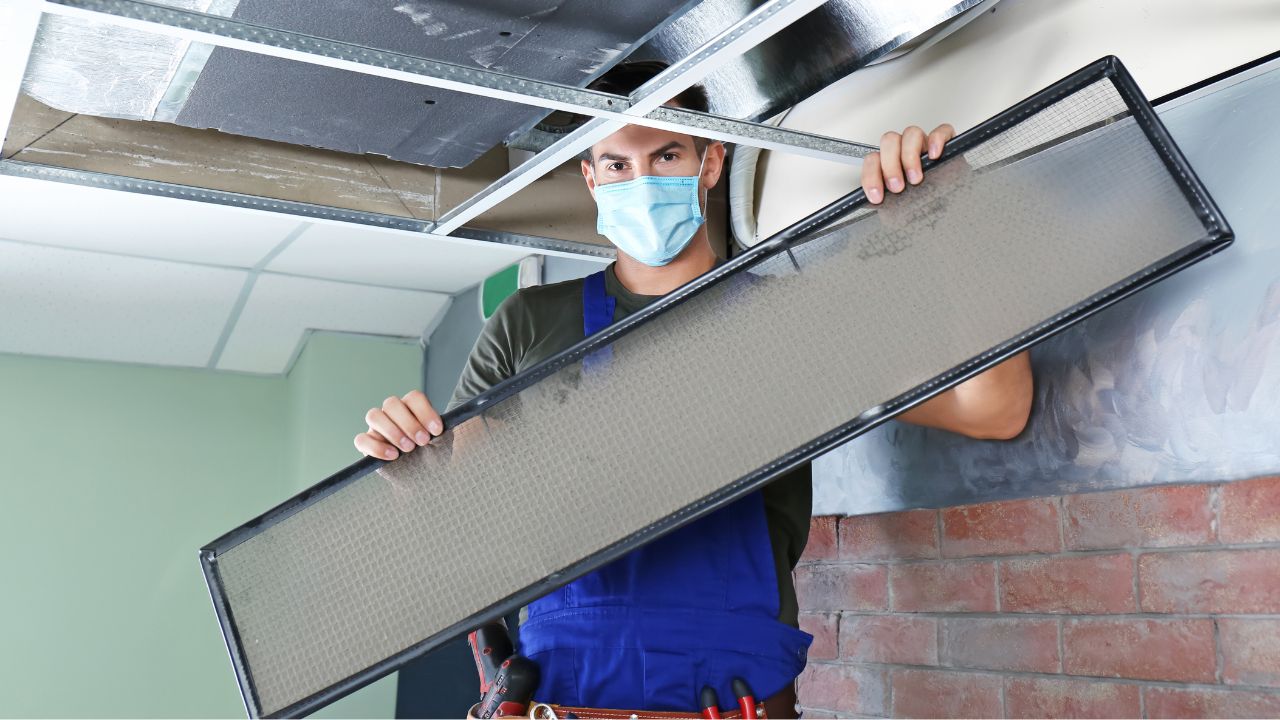
Industry professionals suggest that sanitizing should align with specific circumstances such as recent renovations, water or fire damage, or evidence of mold and pest infestation. Homeowners should consider these factors when determining their air duct maintenance schedule.
Ordinarily, air duct sanitizing may be recommended every two to five years to ensure optimal air quality. However, it’s important to adapt this timing to the unique conditions of each residence. For instance:
- Homes with allergy sufferers may benefit from more frequent sanitizing.
- Environments with high levels of dust, pollution, or humidity call for closer attention.
- Properties after disaster restoration or with a history of contamination issues may require immediate intervention.
Regular inspections by HVAC professionals can help determine if the air ducts need more immediate attention. They can assess the accumulation of dirt, debris, and potential microbial growth, advising homeowners on the best course of action for their specific situation.
Frequently Asked Questions
How often should I have my air ducts sanitized?
Most experts recommend having your air ducts sanitized every 2-5 years. Homes with pets, smokers, or dust issues may need more frequent duct cleanings. If you notice excessive dust buildup, odors, or particles blowing out of your vents, it's a sign your ducts need sanitizing.
What does the air duct cleaning process involve?
A professional air duct cleaner will use specialized tools like vacuums, brushes, and air compressors to dislodge debris and sanitize your ductwork. They access your ducts through the heating and cooling equipment as well as ventilation grills and registers. The process removes built-up contaminants to improve airflow and quality.
Are there health benefits to cleaning air ducts?
Yes, sanitizing your air ducts can provide health benefits by removing allergens like dust mites, mold, and pollen that circulate through your home's air conditioning and furnace systems. Cleaner ducts promote better indoor air quality, which is especially beneficial if you have allergies, asthma, or lung problems.
How much does air duct cleaning cost?
The average cost for air duct cleaning ranges from $180 to $900 for a typical single-family home. However, prices can vary based on your location, the size of your home, and how dirty your ducts are. Be sure to get quotes from a few reputable air duct cleaning companies before settling on one.

